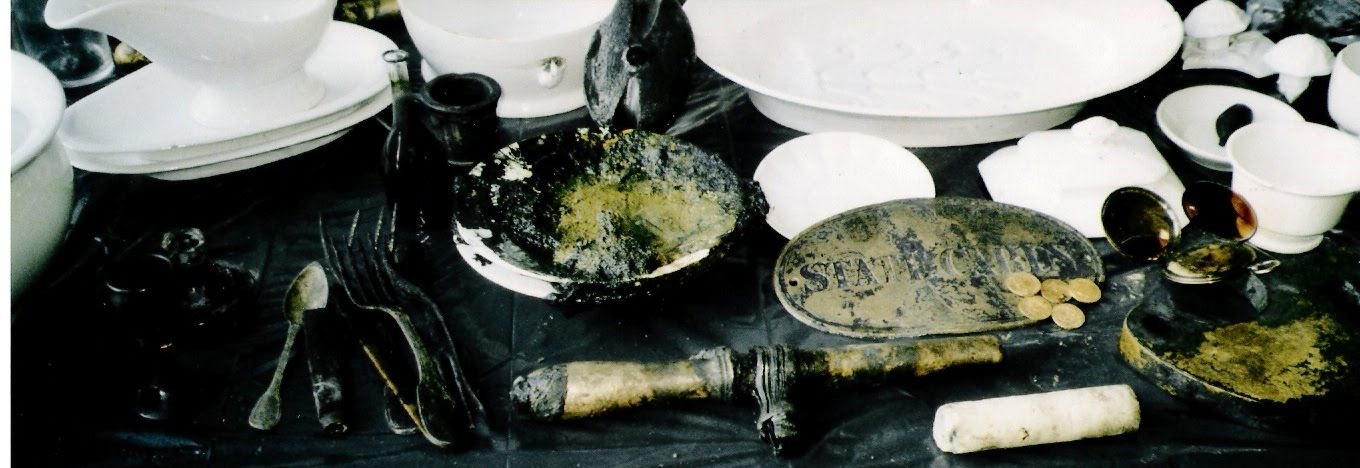David Perlman -
After 180 days at sea, the NOAA research vessel Okeanos Explorer has returned to the Bay Area to be refitted in an Alameda dry dock for new expeditions to Indonesia's fabled "Coral Triangle," one of the richest regions of marine biodiversity in the world.
The scientists and technicians aboard, together with Indonesian colleagues, gathered precious ocean data with their highly advanced, remote-controlled shipboard instruments and transmitted their discoveries directly to researchers ashore for the first time in ocean exploration."We just drove the ship and they had all the fun," Robert Kamphaus, skipper of the newest vessel in the National Oceanic and Atmospheric Administration's research fleet, said when the ship docked briefly at Pier 30 on the Embarcadero last week.The team deployed the ship's unmanned submarine, a remotely operated vehicle nicknamed "Little Hercules," to explore Indonesia's little-known ocean bottom.The vehicle discovered and transmitted images of intensely hot hydrothermal vents fuming on the flanks of a mile-high undersea volcano named Kawio Barat, where barnacles, worms, colorless shrimp and other strange creatures thrive in the heat around the smoke-filled steam. In their high-tech control room, researchers aimed the ship's multi-beam sonar to sound the bottom day and night, gathering precise images of unknown seamounts, ridges and flat plains of sediments laid down, possibly, for untold thousands of years.
The ship also towed a small vehicle called a "continuous plankton recorder" 30 feet below the surface across nearly 6,000 miles from the Sulawesi Sea through the Pacific Ocean to gather tiny plant and animal samples that will reveal much about the sea's varied floating life forms and environment. Photo Paul Chinn
Photo Paul Chinn
Posted via http://batavia08.posterous.com batavia08's posterous
.jpg)
No comments:
Post a Comment